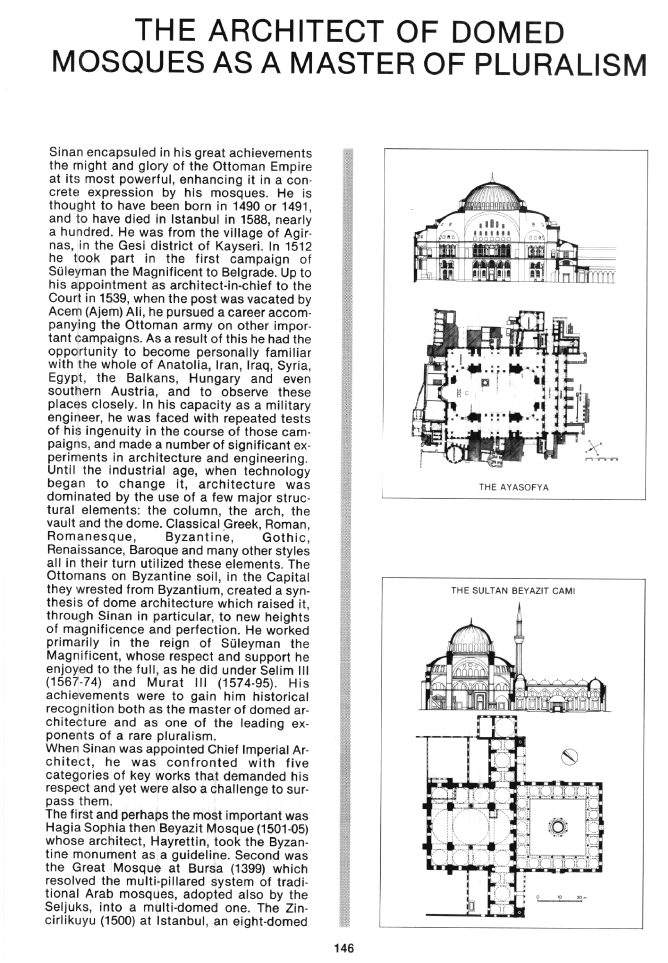
Mimar Sinan, the greatest Ottoman architect, embodied the empire’s power through his grand mosques. Born around 1490 in Kayseri, he served in the Ottoman military, gaining firsthand knowledge of Anatolia, the Balkans, and the Middle East. Appointed Chief Imperial Architect in 1539, he revolutionized domed architecture, elevating Byzantine and Ottoman styles to unparalleled heights. Influenced by Hagia Sophia and other monumental structures, Sinan mastered engineering challenges, integrating domes, arches, and vaults into harmonious designs. His most notable works, such as the Süleymaniye Mosque in Istanbul and the Selimiye Mosque in Edirne, showcased his innovative structural techniques and aesthetic brilliance. Serving under Suleyman the Magnificent and later sultans, Sinan earned historical recognition as a master of pluralistic architecture. His legacy cemented the Ottoman architectural identity, merging technical ingenuity with artistic grandeur, making him one of history’s most influential architects.
I agree to the terms outlined below:
You agree to upload and assign Mosqpedia Database the rights to use the content worldwide and in perpetuity across all current and future media platforms. Mosqpedia Database may edit, copy, adapt and translate your contribution.
The content will be distributed under the Creative Commons Attribution-Deed – Attribution-NonCommercial-NoDerivatives 4.0 International – Creative Commons
All data will be stored in line with data protection regulations.